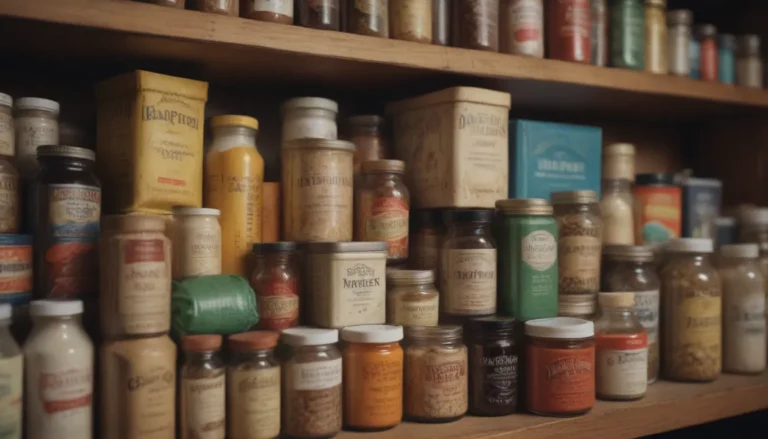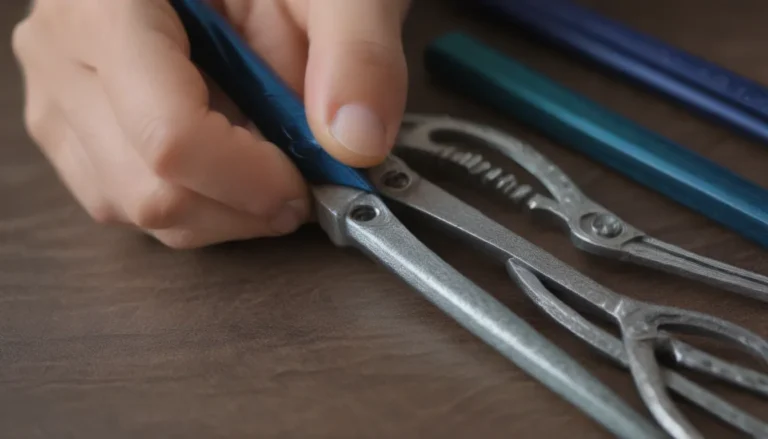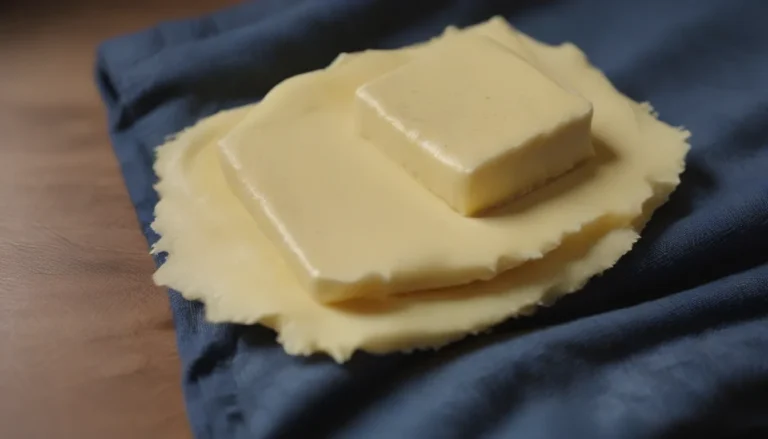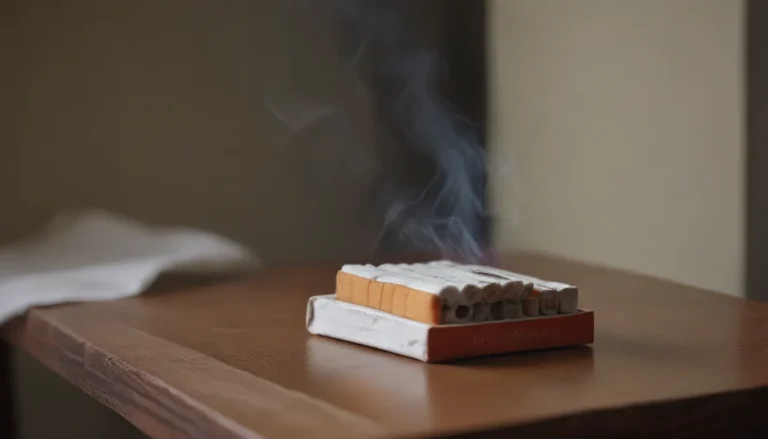How to Prevent and Stop Dye Bleeding in Clothes
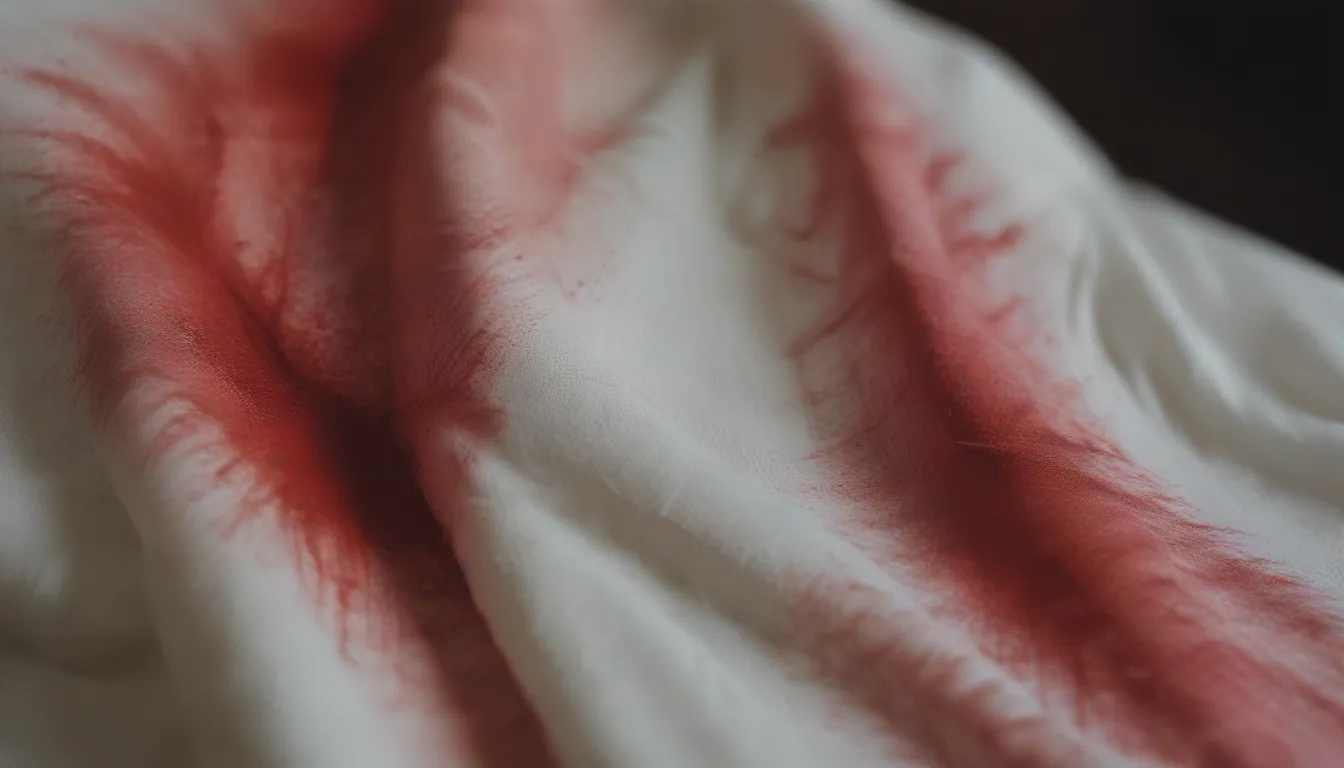
Are you tired of pulling your favorite white shirt out of the wash only to find it has turned a slight shade of pink? Or maybe you’ve experienced the frustration of denim dye transferring onto your lighter-colored garments. Dye bleeding is a common laundry woe, but fear not, there are ways to combat this pesky issue. In this detailed guide, we’ll explore the various methods you can use to prevent and stop dye bleeding in clothes.
Understanding Dye Bleeding
When it comes to dye bleeding, it’s essential to understand why it happens in the first place. Fabrics can lose dye in several ways, either due to improper manufacturing processes or incorrect handling by consumers. This color loss can occur through the following methods:
- Direct contact with water
- Friction from other garments during washing
- Exposure to high temperatures
These factors can all contribute to dye bleeding in your clothes, leading to unsightly color transfer onto other garments. But fear not, there are steps you can take to minimize this issue and preserve the vibrancy of your clothing.
How to Prevent Dye Bleeding
If you suspect that a brightly colored garment is prone to bleeding dye, there are preventative measures you can take to protect your other clothes. While some common household remedies like salt or vinegar may not effectively set the dye in commercially dyed fabrics, there are commercial dye fixatives available that can help prevent color bleeding.
Commercial Fixatives
Commercial dye fixatives are specially formulated to interact with the dyes in fabrics, helping to lock in the color and prevent bleeding. These products contain cationic compounds that cling to the negatively charged dyes in the fabric, creating a barrier that prevents color transfer. However, it’s essential to carefully follow the instructions for each fixative, as they may be specific to certain washer types or fabric/dye combinations.
Investing in a quality dye fixative can be a game-changer when it comes to preserving the color of your garments and preventing dye bleeding. Look for products that are designed to work with your specific fabrics and dyes for optimal results.
Best Practices for Color Preservation
In addition to using a dye fixative, there are some general laundry tips that can help protect your clothes from color bleeding and fading. Here are a few best practices to keep in mind:
- Wash dark and light-colored garments separately to prevent dye transfer
- Use cold water for washing delicate fabrics to minimize color loss
- Avoid overloading the washing machine, as friction between garments can cause dye bleeding
- Turn garments inside out before washing to protect the outer layer of fabric
- Air dry clothing whenever possible to prevent high heat from contributing to dye fading
By incorporating these simple tips into your laundry routine, you can help maintain the vibrancy of your clothes and reduce the risk of dye bleeding.
Preventing Dye Bleeding at Home
While some types of dye bleeding may be beyond your control, there are steps you can take to minimize color loss in your garments. Here are some strategies you can implement at home:
- Wash new garments separately before wearing to remove excess dye
- Use color-safe detergent to help preserve the vibrancy of your clothing
- Test for colorfastness before washing a new garment to prevent dye bleeding
- Add a cup of white vinegar to the rinse cycle to help set colors and reduce bleeding
By being proactive and taking care to follow these guidelines, you can help protect your clothes from dye bleeding and ensure they look their best for longer.
Dealing with Existing Dye Bleeding
If you’ve already experienced dye bleeding in your clothes, don’t despair. There are steps you can take to address the issue and potentially reverse the damage. Here are some methods you can try to stop dye bleeding in its tracks:
- Vinegar: Vinegar may be able to help remove a color bleed stain that has been transferred onto a garment.
- Baking Soda: Baking soda can help remove color bleed stains on white or light-colored garments due to its bleaching properties. However, it may not prevent further bleeding.
While these methods may help alleviate the effects of dye bleeding, it’s essential to remember that re-washing clothing may be necessary to fully remove the color transfer. Keep an eye on the affected garment over time, as dye bleeding can sometimes reoccur.
Final Thoughts
Dealing with dye bleeding in clothes can be a frustrating experience, but by understanding the causes and implementing preventative measures, you can reduce the risk of color transfer and preserve the vibrancy of your garments. Whether you opt for a commercial dye fixative or try a natural remedy like vinegar, taking proactive steps to protect your clothes can make a significant difference in preventing dye bleeding.
Remember, each garment is unique, so experimentation with different methods may be necessary to find the best solution for your specific fabrics and dyes. By incorporating these tips into your laundry routine, you can keep your clothes looking fresh and vibrant for years to come. So, don’t let dye bleeding get you down – take charge of your laundry and enjoy colorful, bleed-free clothes every day!
